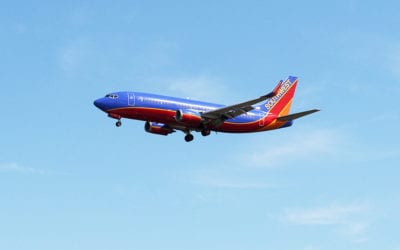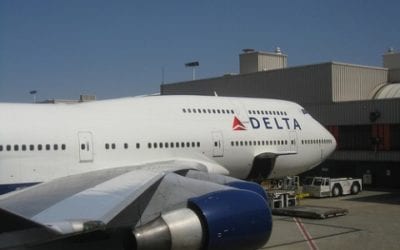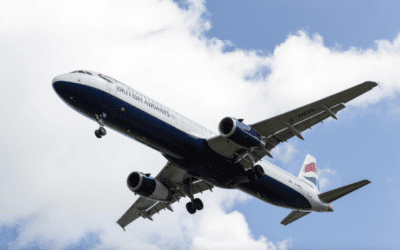You could almost hear a collective sigh of relief over the weekend by Boeing’s sales force and a few of their customers like ANA (All Nippon Airways), JAL (Japan Airlines), and Air India, who are all counting on receiving their first shipments of the new Boeing 787 Dreamliner some time next year. As first reported in the Seattle Times, the Boeing strike is over. Boeing Machinists voted overwhelmingly to end their two month strike against the US’ largest commercial aircraft manufacturer.
There were serious concerns that if the strike dragged on much further it would begin to jeopardize orders for the Boeing 787 Dreamliner. So far there have been no cancellations of Dreamliner orders, which currently total 895 firm orders from 74 different airlines. Nineteen airlines currently have options for an additional 304 Dreamliners, and fourteen airlines hold rights to order another 155 787’s. So far, of those orders which have been finalized by choosing the engine set for the plane, 60 percent have chosen the General Electric, GEnx advanced turbofan, with the rest choosing the Rolls Royce, Trent 1000 engines.
ANA will be the first airline to receive Dreamliners under their order for 50 787’s, which will reportedly occur in August 2009. JAL is scheduled to start receiving 787’s from their order for 35 Dreamliners in October, 2009. Air India is scheduled to start receiving Dreamliners from their order of 27 787’s by the end of 2009, however, there is no firm date for their shipments to begin as of now.
Boeing is reportedly already paying compensation for late deliveries of the 787 to both ANA and Air India. Most likely, several other airlines will also receive some limited compensation.
During the strike, both sides dug in their heels over issues of job security and authority to manage Boeing’s factories, at the same time the national economy was chaotic. Financial markets currently, and will for some time, have serious financing problems. Negotiators, with the help of mediators, hammered out a contract which improves job security for union members, but still permits Boeing to continue its move toward lower-cost contractors for specific jobs.
Part of the new contract was a very big win for Boeing, especially considering their need for production stability for the 787 Dreamliner. Boeing has a well earned a reputation, in the last decade, for having a strained relationships with its unions. The International Association of Machinists and Aerospace Workers agreed to a four year contract instead of two. In return, Boeing agreed to raise wages by a total of 15% over the life of the contract, and pay bonuses totaling at least $8,000 to each worker during the first three years of the contract.
Also, the negotiations solved the job-security impasse with a compromise that allows Boeing to expand the use of contractors to deliver aircraft components directly to assembly lines. In return, after the parts enter Boeing facilities, only union workers will be allowed to handle them and see them to their final destinations.
Wall Street analysts estimate the shutdown of jet production cost Boeing more than $2 billion in profits. Personally, I believe that’s an overestimate, as eventually Boeing will deliver the delayed planes mitigating its losses to a greater degree than Wall Street in its current “doom and gloom” mood has calculated. The loss will still be substantial, but we shouldn’t underestimate the savings Boeing will gain from the new contract even after the increased costs of health benefits, bonuses and pay raises in the contract are factored in.
Now that the strike is over, we’ll see if Boeing can keep to their testing and production schedule and deliver the first Dreamliner to ANA next October. If they can keep to the current delayed schedule, they may be able to maintain a huge profitability and sales advantage over rival Airbus for decades.
After many years working in corporate America as a chemical engineer, executive and eventually CFO of a multinational manufacturer, Ned founded a tech consulting company and later restarted NSL Photography, his photography business. Before entering the corporate world, Ned worked as a Public Health Engineer for the Philadelphia Department of Public Health. As a well known corporate, travel and wildlife photographer, Ned travels the world writing about travel and photography, as well as running photography workshops, seminars and photowalks. Visit Ned’s Photography Blog and Galleries.



